This photo is from the City of Toronto Archives, Fonds 124, F0124, Fl0003, id0152. It shows the two impressive neo-classical-style structures that were formerly banks, on the east side of Yonge Street, opposite the Eaton Centre. Situated between the two historic structures is the demolition site of the Colonial Tavern. It was a famous venue for jazz and the blues during the 1950s and 1960s. The above picture was taken in 1987, the year the Colonial Tavern was demolished.
The bank to the south of the demolition site in the photo was the Bank of Commerce, later named the CIBC. For a link to the history of this bank: https://tayloronhistory.com/2013/06/03/torontos-architectural-gemsthe-old-bank-of-commerce-at-197-yonge-street/. The bank building to the north of the demolition site was formerly the Bank of Toronto at 205 Yonge Street, which became the Toronto Dominion (TD) Bank when it joined with the Dominion Bank.
This magnificent building, erected in 1905, was designed by E. J. Lennox, the famous Toronto architect who designed Casa Loma and the Old City Hall at Bay and Queen Streets. He chose the neo-classical style, with touches of Beaux-Arts designs. Several year ago, when I was photographing this structure, an inebriated gentleman approached me and informed me that there was a bank in Buffalo that was identical to the Yonge Street Bank of Toronto. To show-off my knowledge of architecture, I told him that the bank had been modelled after a famous building in ancient Rome. He replied, “Yup—the Pantheon.” I smiled as he strolled away and thought, “Just my luck. One of my few chances to demonstrate my knowledge and I was outsmarted by someone who enjoyed his drink a little too much, but knew his architecture.”
The man was correct. The bank built in 1905 has a striking similarity to the Pantheon, Rome’s great temple, built by the Emperor Hadrian as a temple to all the gods. Though on a much smaller scale than the building in Rome, the bank on Yonge Street has a large recessed portico, supported by massive Corinthian columns. The capitals on the columns, as well as the cornice and triangular pediment are richly decorated with handcrafted cement work. The Yonge Street facade is faced with Indiana limestone. Though constructed on a narrow piece of land, the building is crowned with a great dome that deceptively appears to increase the height of the building.
Left-hand photo is of the Pantheon in Rome, and the right-hand photo is the old Bank of Toronto on Yonge Street. Though there are similarities, the bank in Toronto is much more elaborate than the Pantheon and certainly much smaller.
The dome atop the Bank of Toronto building.
Intricate cement work at the top of the capitals and in the triangular pediment.
The banking hall inside the 1905 bank, containing marble walls and a mosaic tiled floor. Photo from a Federal, Provincial and Territorial Collaboration web site.
The Bank of Toronto in the 1980s, when the Colonial Tavern was to the south of the structure. Photo from the City of Toronto Archives, Fonds 124, F0124, id0066.
The two former bank buildings on Yonge Street in 2012.
To view the Home Page for this blog: https://tayloronhistory.com/
To view previous blogs about movie houses of Toronto—historic and modern
Recent publication entitled “Toronto’s Theatres and the Golden Age of the Silver Screen,” by the author of this blog. The publication explores 50 of Toronto’s old theatres and contains over 80 archival photographs of the facades, marquees and interiors of the theatres. It relates anecdotes and stories of the author and others who experienced these grand old movie houses.
To place an order for this book:
Book also available in Chapter/Indigo, the Bell Lightbox Book Store and by phoning University of Toronto Press, Distribution: 416-667-7791
Theatres Included in the Book:
Chapter One – The Early Years—Nickelodeons and the First Theatres in Toronto
Theatorium (Red Mill) Theatre—Toronto’s First Movie Experience and First Permanent Movie Theatre, Auditorium (Avenue, PIckford), Colonial Theatre (the Bay), the Photodrome, Revue Theatre, Picture Palace (Royal George), Big Nickel (National, Rio), Madison Theatre (Midtown, Capri, Eden, Bloor Cinema, Bloor Street Hot Docs), Theatre Without a Name (Pastime, Prince Edward, Fox)
Chapter Two – The Great Movie Palaces – The End of the Nickelodeons
Loew’s Yonge Street (Elgin/Winter Garden), Shea’s Hippodrome, The Allen (Tivoli), Pantages (Imperial, Imperial Six, Ed Mirvish), Loew’s Uptown
Chapter Three – Smaller Theatres in the pre-1920s and 1920s
Oakwood, Broadway, Carlton on Parliament Street, Victory on Yonge Street (Embassy, Astor, Showcase, Federal, New Yorker, Panasonic), Allan’s Danforth (Century, Titania, Music Hall), Parkdale, Alhambra (Baronet, Eve), St. Clair, Standard (Strand, Victory, Golden Harvest), Palace, Bedford (Park), Hudson (Mount Pleasant), Belsize (Crest, Regent), Runnymede
Chapter Four – Theatres During the 1930s, the Great Depression
Grant ,Hollywood, Oriole (Cinema, International Cinema), Eglinton, Casino, Radio City, Paramount, Scarboro, Paradise (Eve’s Paradise), State (Bloordale), Colony, Bellevue
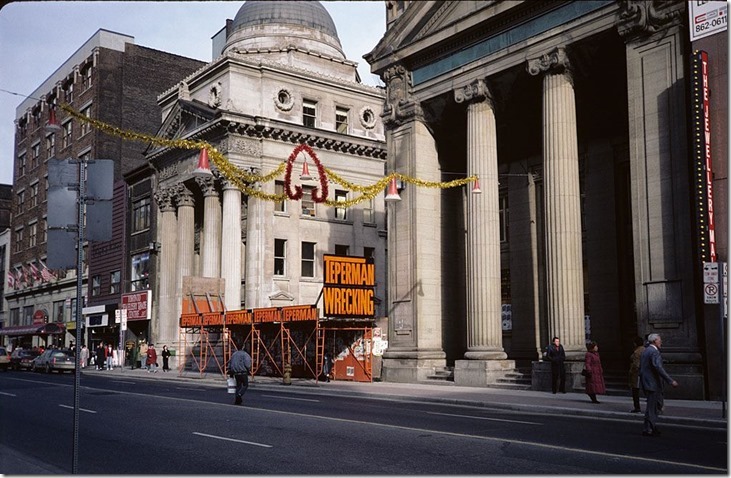
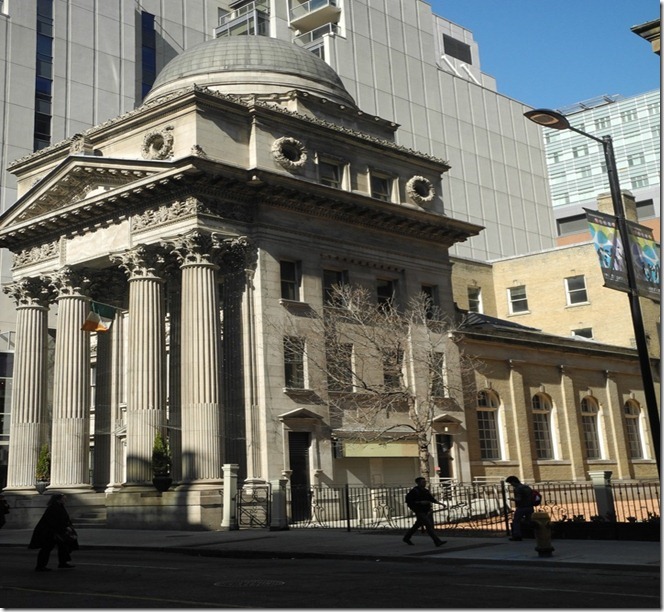
![DSCN20471_thumb[1] DSCN20471_thumb[1]](https://tayloronhistory.com/wp-content/uploads/2015/06/dscn20471_thumb1_thumb.jpg)
![DSCN04291_thumb[1] DSCN04291_thumb[1]](https://tayloronhistory.com/wp-content/uploads/2015/06/dscn04291_thumb1_thumb.jpg)
![DSCN04241_thumb[1] DSCN04241_thumb[1]](https://tayloronhistory.com/wp-content/uploads/2015/06/dscn04241_thumb1_thumb.jpg)
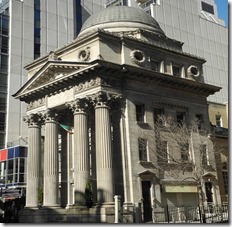
![DSCN0425_thumb[2] DSCN0425_thumb[2]](https://tayloronhistory.com/wp-content/uploads/2015/06/dscn0425_thumb2_thumb.jpg)
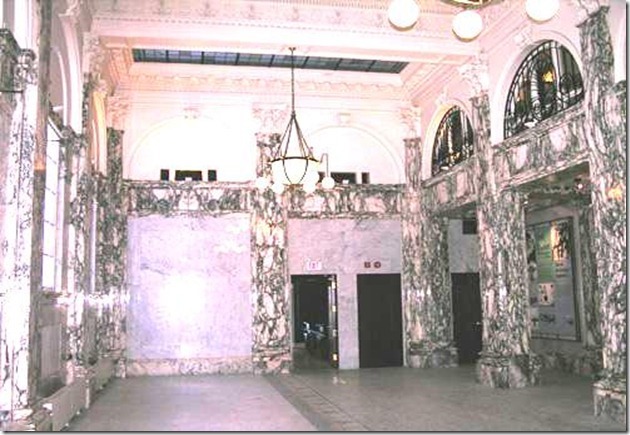
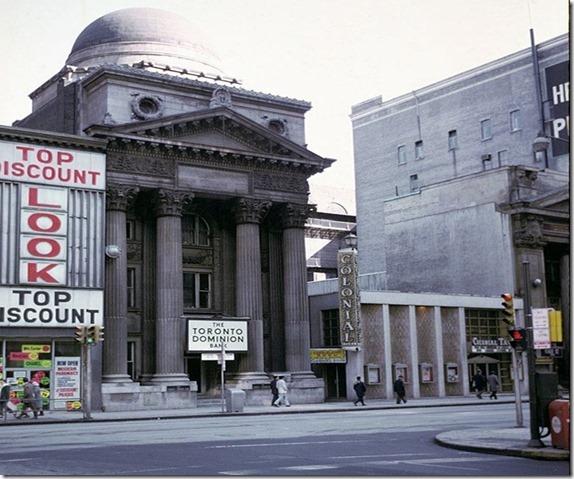
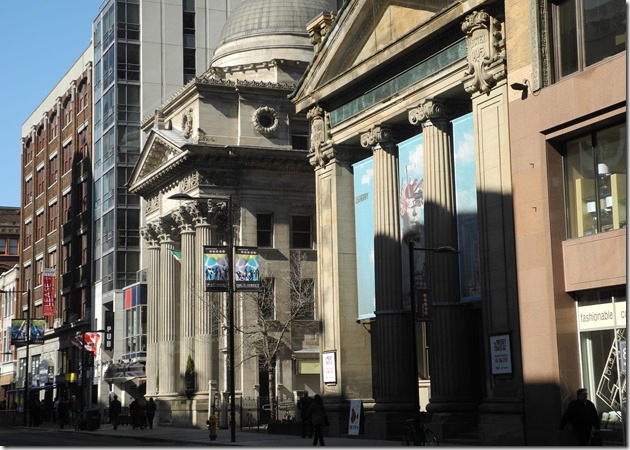
![cid_E474E4F9-11FC-42C9-AAAD-1B66D852[1]_thumb cid_E474E4F9-11FC-42C9-AAAD-1B66D852[1]_thumb](https://tayloronhistory.com/wp-content/uploads/2015/06/cid_e474e4f9-11fc-42c9-aaad-1b66d8521_thumb_thumb.jpg)

